"Why would a man die if salvia grows in his garden? " goes an ancient Arab proverb. The famous "Salerno Health Code" does focus on sage saying, "Sage, you're our savior, helper and natural gift." This plant, popular in traditional medicine and in cooking, seemed magical there - both for health and combined with other products in cooking.
Salvia (Salvia officinalis) is also known as sage. Its name comes from the Latin "salveo", which literally means health, healing or "I'm healthy." Actually sage is a small shrub 30-60 cm tall with beautiful purple flowers often grown as garden flowers. It has a specific and intense flavor, which makes sage quite suitable for seasoning in cooking.
Salvia comes from the European and Anatolian Mediterranean. It is extremely resistant to winter cold, so it’s often grown in many places around the world, which is excellent. As the home of sage are linked some Mediterranean countries - France, Spain. Today, however the sage plant is widespread throughout central Europe.
Salvia blooms in June-July, with mostly bright purple small flowers. Its leaves are oblong, evergreen and fuzzy. Salvia prefers sunny places, sandy soil and a dry climate. When sage overgrows, you have to cut 2/3 of its height, you can get salvia seeds from herbal or flower shops and grow the plant at home.
Red salvia (Salvia splendens) should not be confused in any way with Perennial Maroon Salvia. Actually sage has many variations, the better-known are: Berggarte (with round leaves and compact growth), Tricolor (leaves at the base are silver-green and the edges are pale yellow to purple), Salvia lavender folia and others.
Chemical composition and nutrients in sage
The leaves of sage, and in particular in "Salvia Ofitsinalis" contain about 1.5-2% essential oil. 100% pure oil and muscat, sage contains active components such as thujone (41-60%), borneol (7-16%), cineol, camphor. Characterized by a specific sharp, crisp scent with musky notes.
The oil lowers elevated estradiol indices of insulin. Helps in the treatment of arthritis, bacterial infections, swelling and infectious diseases of the throat. It is also called "oil of the middle note" or "female oil." Sage has alkaloids, flavonoids, tannins, Ursolic, and chlorogenic acids oleanolic acid, vitamin D, vitamin PP, niacin and provitamin A, vitamin B1, nicotinic acid, phytoncides, uvaol, paradifenol.
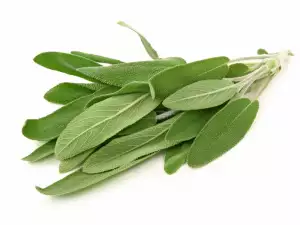
Selecting and storing Sage
Dried sage can be bought from many shops. Store spices in a dry and cool place. If you can grow it in a pot, you will enjoy its great flavor in your home. Sage in pots withstands very low temperatures in winter and does not need much irrigation water.
Culinary use of sage
Officinalis Salvia is the most widely used type of culinary sage. The leaves have a very strong flavor, so it is used in small enough quantities. Even the ancient Romans used sage for cooking.
Today its use is widespread in traditional Italian, but also in world cuisine. Sage is used mainly for cooking beef and pork. The most famous dish is Saltimbocca alla Romana - rolls of beef, prosciutto and fresh sage.
Sage has traditionally been used in the preparation of different types of pasta - gnocchi or other pasta is covered with sauce fried in oil until the browning of the leaves of fresh sage. You can achieve unusual and unique taste if you sprinkle with fresh flowers from the plant. Use dry sage to flavor pasta.
Health benefits of sage
Hippocrates considered a sage sacred herb and miracle cure for infertility. Epidemics raging in Egypt led to massive death and women were forced to drink sage to multiply the population. In the Middle Ages, even plague was treated with sage.
Perhaps the most interesting legend associated with sage is about the birth of Christ, and particularly after his birth, when Joseph and Mary fled from the army of King Herod. They went from Bethlehem to Egypt and in fear of being caught, hid their offspring among the tall sage along the way. Since then it is believed that the plant acquired miraculous healing abilities, and that he, who consumes Sage will enjoy a long life and even immortality.

Hippocrates and Dioscorides considered sage sacred grass. Entered it in medicine as anti-inflammatory, astringent, disinfectant, astringent and emollient. Today, in folk medicine sage is used for urinary, kidney in rheumatic fever, tachycardia.
Decoction of the aerial parts of the plant is applied against coughing, as well as being an aromatic and digestive agent. For therapeutic purposes, the leaves of the sage who bear its pleasant aroma are used. The leaves are used to make a tea.
Some types of sage, however, such as "salvia divinorum" have a narcotic effect and you should not overdo their consumption. Salvia divinorum is a powerful hallucinogen, although the effect is short-lived. This type of sage is accepted by chewing, smoking or as a tincture. The end result is laughter and euphoria.
Salvia is a powerful antioxidant and has an anti-clotting effect. With this miraculous herb, you can treat hair loss, respiratory diseases and the digestive tract, ir has desensitizing action on ulcers and gastritis, decreased sweating and calms sudden hot flashes in menopause. For diseases of the intestinal tract: 5 g finely cut leaves are boiled with 400 ml of hot water, then take a 20-30 ml every 3-4 hours.
With the infusion of sage burns, bites, skin diseases and gynecological disorders, such as problems with copious vaginal discharge can be successfully treated. Wraps with sage does help with arthritis and injuries.
Sage tea can be drank every day as a preventative. Recommended for severe menstrual pain and abnormal menstrual cycles, strengthens the immune system, improving digestion and treating ulcers. Women with abnormal menstrual cycle contribute to its restoration, removes pain. In the climax, it calms sudden heat waves, perspiration, calms nerves. Effective in whites and genital herpes.
Sage tea is consumed if you have insomnia, depression, fatigue, headaches. The herb can improve your memory, because of that, it is recommended for Alzheimer's and dementia.
Sage oil has many proven benefits. It stimulates and balances the nervous system, eliminates insomnia, weakness and depression, but also significantly improves memory. Improves mental and physical performance, stimulates the brain.
Sage oil can be used to eliminate spasms, nervous tension, relieve headaches. Cleanses and stimulates the circulatory system. Salvia also helps in bronchitis, coughs, colds.
Sage Wine
Wine from Sage applies to problems with the gastrointestinal tract. 80 g Sage leaves are covered with 1 liter of red wine and left for 8 days. Take 20-30 mL after meals.
Dangers of sage
Salvia is not recommended for pregnant and nursing mothers. It is also contraindicated for people suffering from acute nephritis.
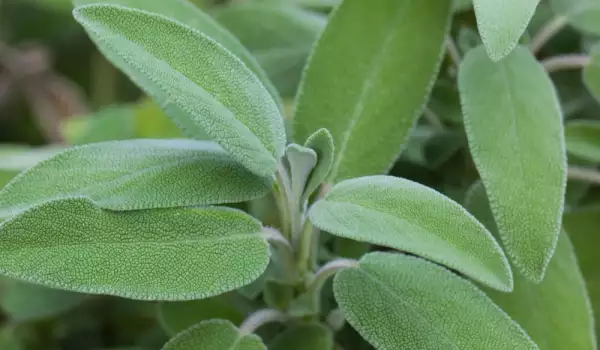


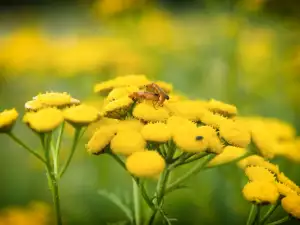
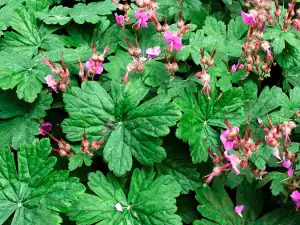

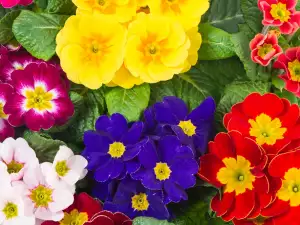
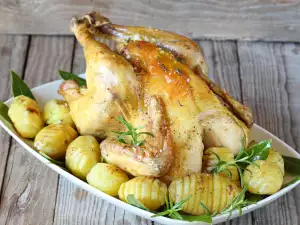
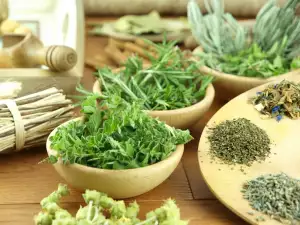
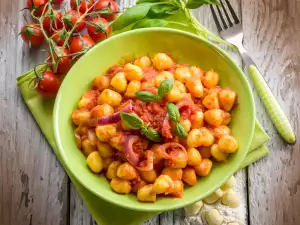
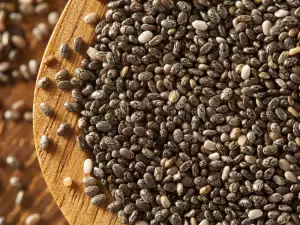
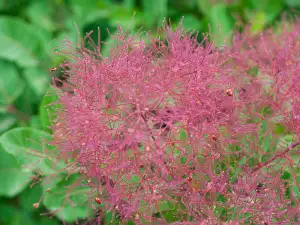

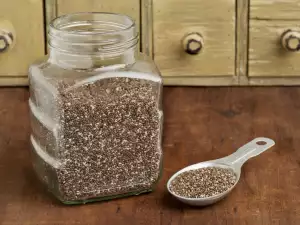



Comments